The dilemma of the deer cull in Scotland
A new report shows that there may be as many as 1 million deer in Scotland, causing great environmental problems. Among others, deer are overgrazing forests, preventing them from regenerating and impeding the reafforestation projects. This also directly halts the efforts to combat the climate change with tree-planting. Besides, they are carriers of Lyme disease, increasing its rates to almost epidemic in some areas. In addition, road collisions are common, also being a danger to humans. Because of the negative impacts of their high population density, a regular cull is in place. Yet, this causes a lot of tension between others who live in these areas.
Please also read: Swiss Hunting Department: Calanda wolves regulate red deer effectively
Deer hunting is a traditional activity in Scotland and for some, an important source of income, especially at sporting estates. However, mainly malthe stags are hunted, while hinds, more important contributors to population growth, are often untouched. While about 180 000 cervids are culled each year, conservationists say that this is not even nearly enough. But it is the hunters and gamekeepers who oppose further cuts in deer numbers.
Many find the deer culls unethical, as the culls do not always follow the traditional sportsmanship approach of hunting. Others find it a massacre simply because of the quantity of the deer killed. Gamekeepers are scared of such large culls also, because with lower deer density, sport hunting will require more effort and bring in less money.
A new Deer Working Group report came up with 100 recommendations for better management of deer in Scotland, among others also more open hunting with shorter restriction periods. In addition, the culling quota should be increased, with the roe deer cull doubling.
High deer populations due to a lack of predators
The deer population is a large problem in UK because there is no natural control of its size. Large predators, such as wolves and lynx, used to predate on the deer, keeping their populations down. But already centuries ago humans extirpated the two species, leaving hunters to be the only deer predators. Yet, humans cannot fully replace the large carnivores, making them crucial for ecosystem health.
The Yellowstone National Park solved the problem of deer overgrazing with a simple move – they reintroduced wolves. After they had returned, the overgrazing stopped, the landscape transformed completely and biodiversity increased. This directly proved how a complete ecosystem with top predators leads to higher biodiversity.
Of course, a reintroduction of a large carnivore is highly controversial because they can be a threat to livestock. Without adapting to a life with them, by using livestock protection methods, conflict is very common. Yet, even without any large carnivores, the human-wildlife conflict is still there, this time with predator’s prey. This shows that the conflict is not so much about the specific animal that would be highly problematic, but human-human conflict about how to manage wildlife for different purposes.

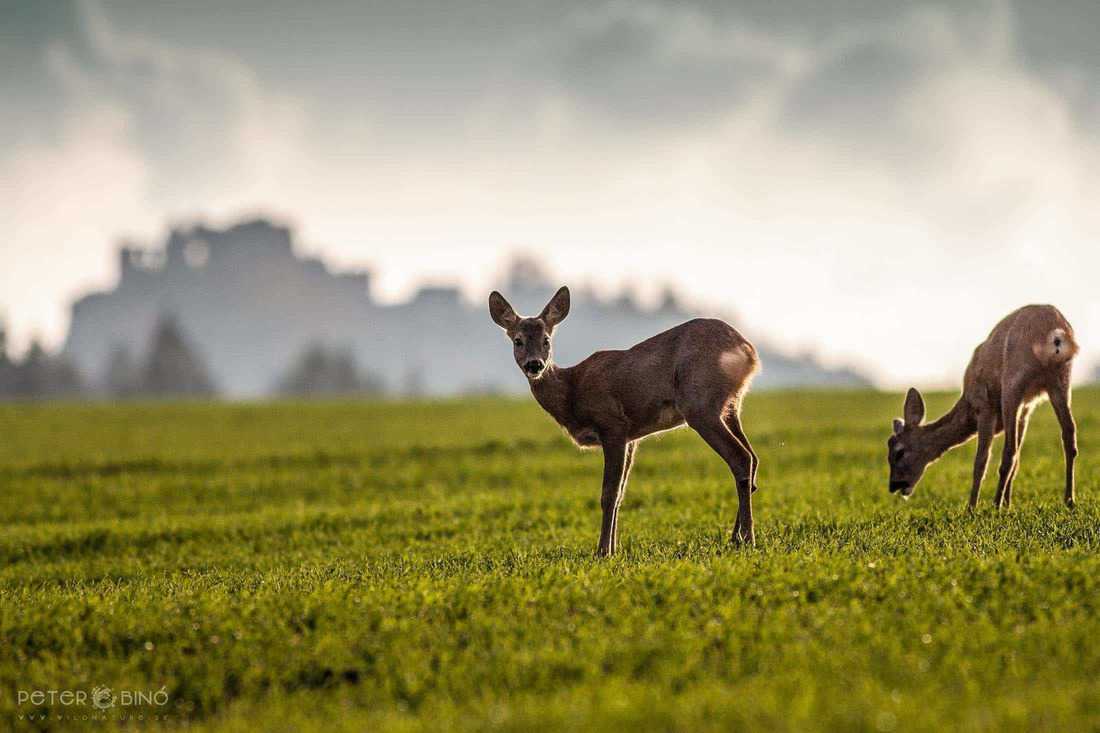
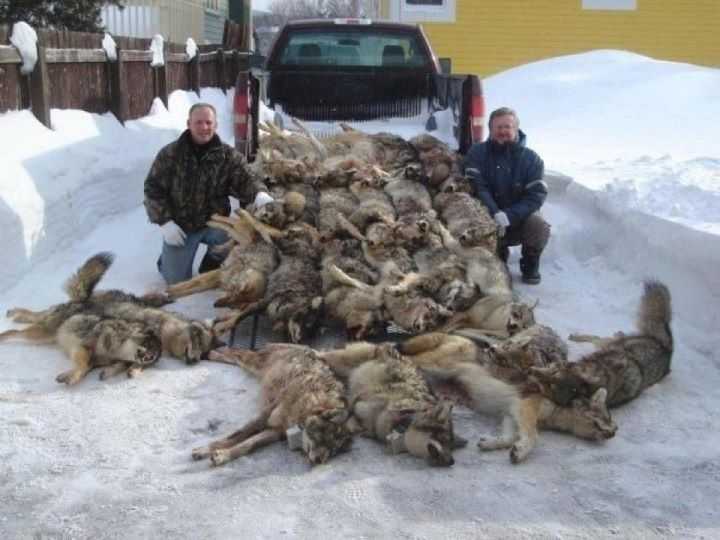
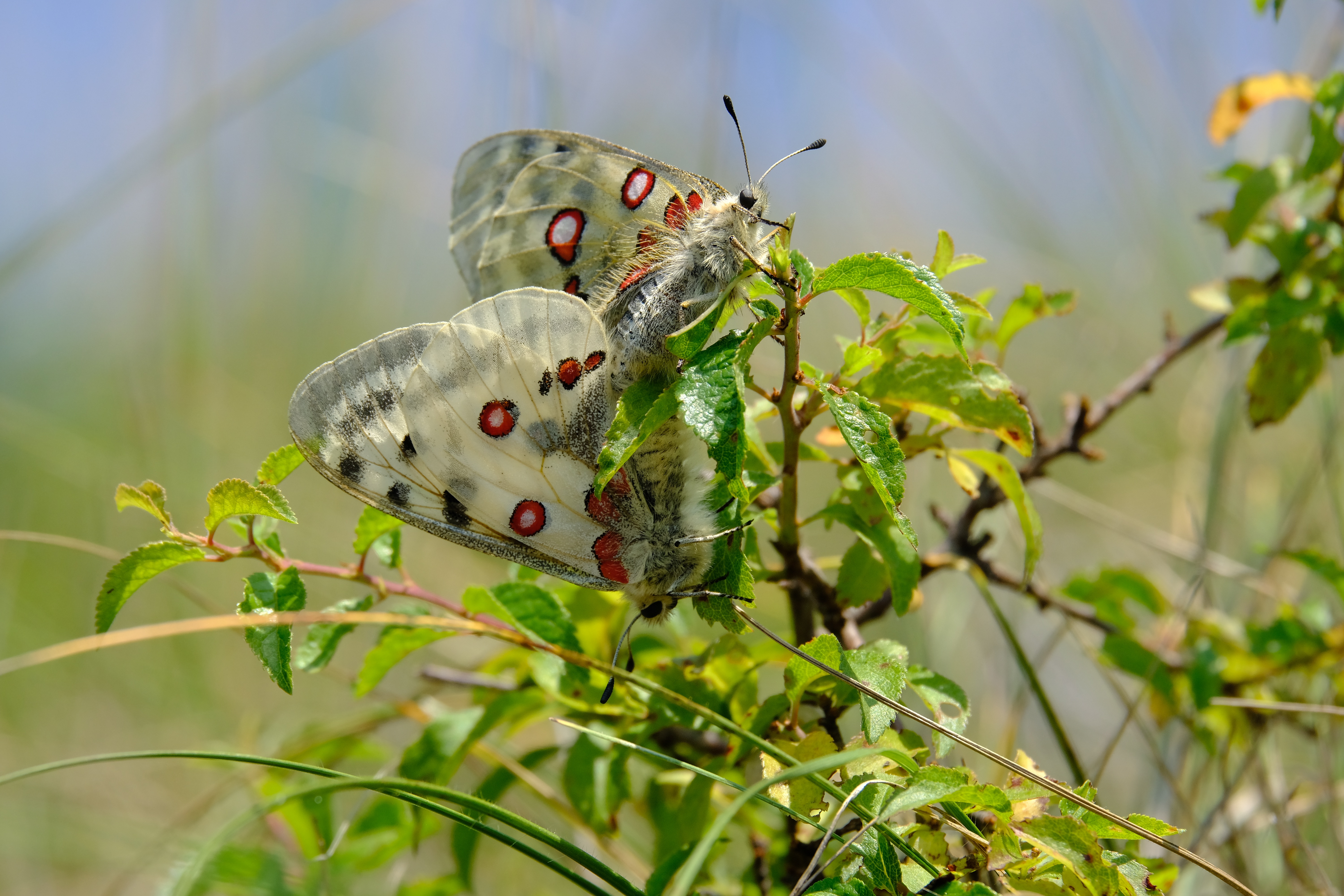
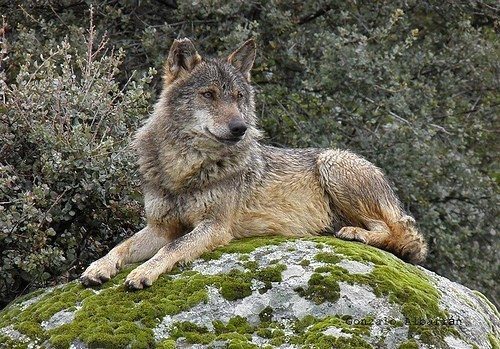
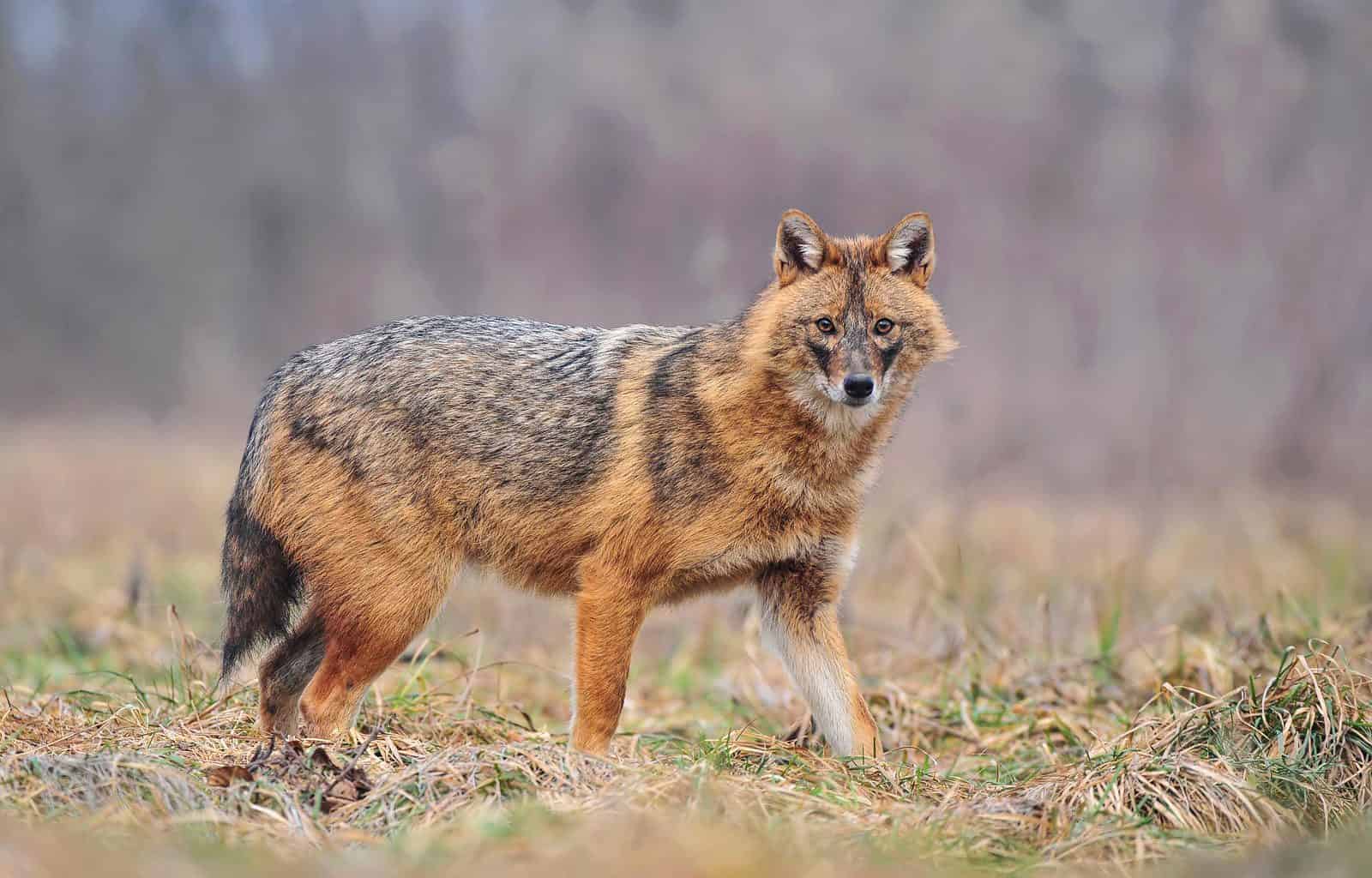
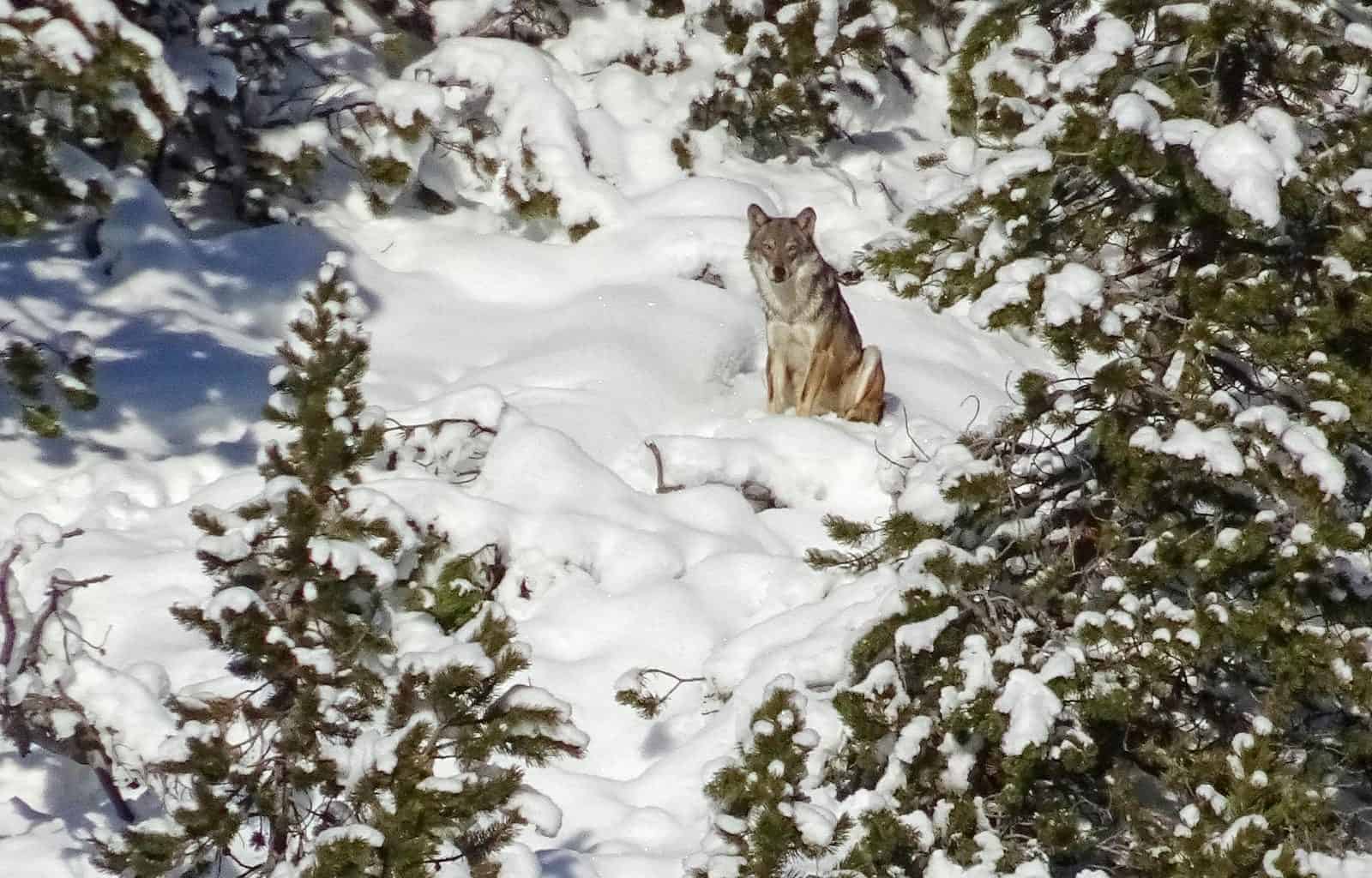
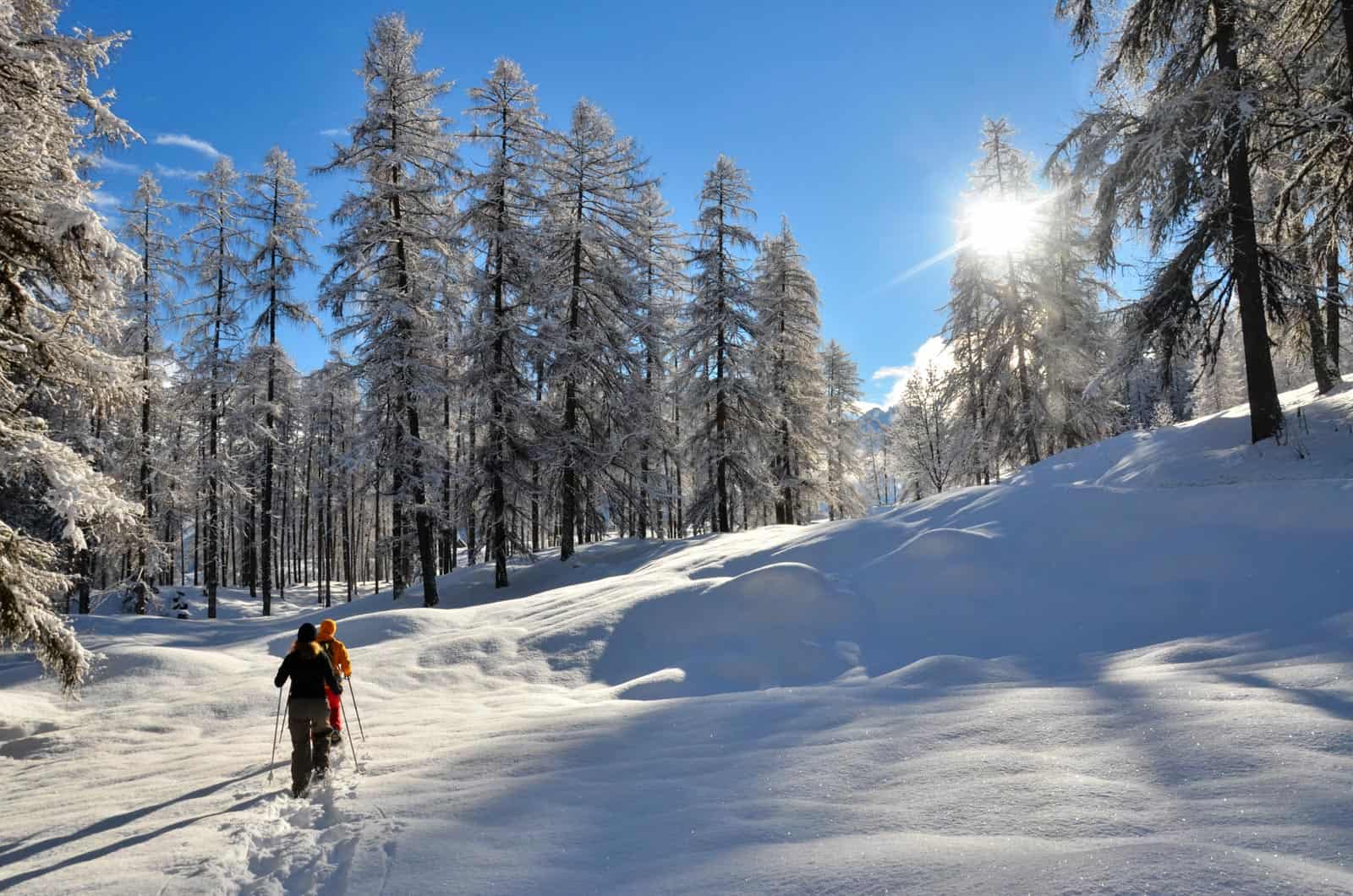
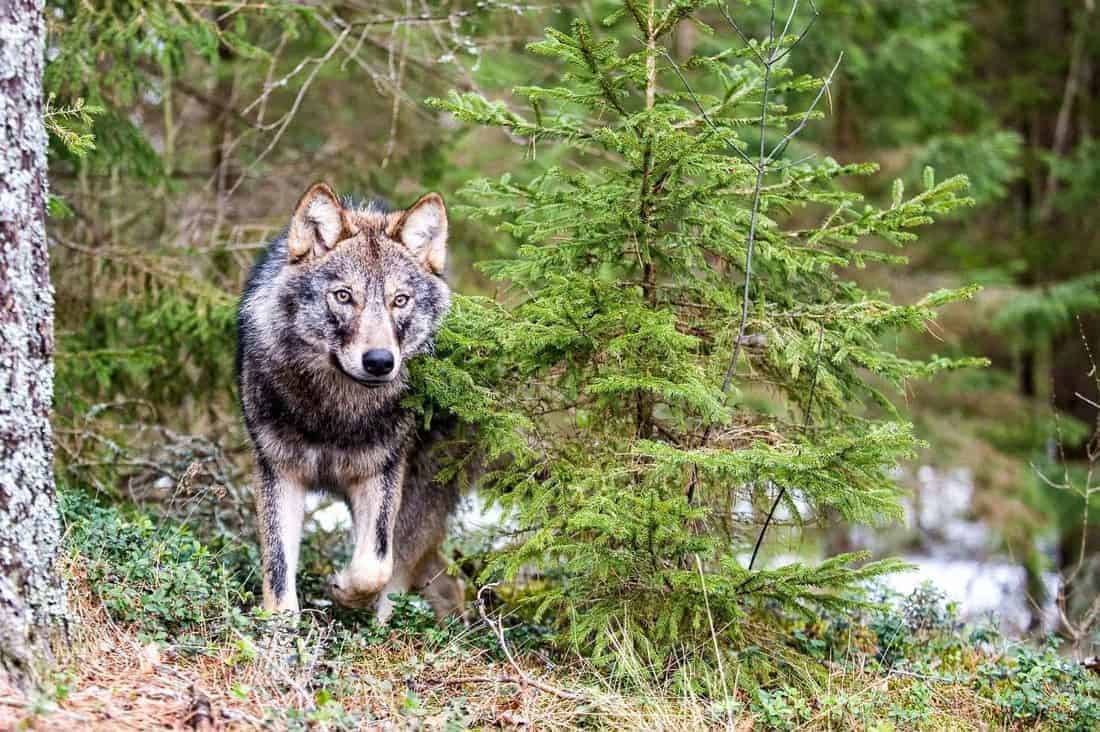
Dear David, as you can read with the publication of your comments we welcome any dissent. Thesis versus Antithesis results in Synthesis. Nevertheless having said that, lets be also clear, that the overabundance of ungulates in the United Kingdom coupled with the lack of predaotors like the Lynx and Wolf is really hampering any natural reforestation. If you look at Königsbrücker Heide, barren landscapes reforest by themselves if the pressure from ungulates is not too high. https://wilderness-society.org/konigsbrucker-heide-wilderness-new-publication/ The number of red deer must be several reduced to allow a basic natural reforestation to take place. The other solution is large scale fencing, which is also not really a viable option. The last option would be reintroduction of predators like the wolf, which for sure will lead to dramatic human human conflicts not even mentioning the resistance of Livestock owners. Everyone knows what needs to be done for the UK and Scotland to have forests return, it just needs to be done. The time for arguing is over. It is time for action.
I find this article riddled with inaccuracies (‘deer are carriers of lymes disease’) and unsubstantiated statements (‘however..hinds are often untouched’ and ‘Gamekeepers are scared of such large culls…sport hunting will require more effort and bring in less money’). The objections that many have to the the percieved need to cull thousands of deer focus on areas such as inconsistencies in counting methods which inflate population densities in certain areas through inaccurate extrapolation, the complex and multi-faceted approach to woodland regeneration that has been substantially over-simplified to a ‘kill more deer, get more trees growing’ approach and the highly politicised rhetoric around red deer, our largest and, in my opinion, most majestic native species, that ties the fate of red deer to a political agenda about ‘landed gentry’ and Scottish land ownership (see commentator above) and unfortunately denigrates this animal to the status of vermin. You owe it to your readership to publish articles which present them with facts and a balanced representation of the differing viewpoints that help them develop fully-informed opinions.
Sadly the UK elite will never tolerate Wolves or Lynx. Much of the non elitist population couldnt care less whats roaming the hills! The only people causing such resistance are those with cash & an invested interest in abusing the uplands for their own elitist gain, and thst includes those in government who actively participate in hunting and believe such past times are their god given right. Its a case of ‘a lot owned by a little’. They all want to feel like a lord or laird. Its a disgusting hierarchical class ridden stain that’s affecting REAL progress here in the UK. So long as our government lives hand in pocket with the billionaires who own much of the UK’s uplands, its land will continue to deteriorate at the expense of its wildlife, land and people. The flooding of recent years has been directly linked to deforestation of our uplands and drainage of bog and moorlands for shooting estates. The elite cant stand foxes or badgers let alone Wolves or Lynx! Its a sad sad situation. Until these snobbish politicians, landowners are brought to account for their abuse of the lands and public purse, nothing here will change. Farmers are actually costing the UK taxpayer millions in subsidies to maintain their farms on worthless degraded mountainous lands… why??? Wool is worthless, nobody even eats lamb! WHY are we keeping these people in jobs that are harming our land and costing us money??? Its a backward situation and it involves the elite, money and abuse
Dear Perzanowski,
we modified that the large carnivores are a potential threat to unprotected livestock. Thank you for pointing this inconsistency out to us.
To the Editor: Please be consistent – on one hand you are constantly against any regulation of large predators’ populations and now you claim that: “…reintroduction of a large carnivore is highly controversial because they can be a threat to human and domestic animal safety”. So why different approach for Scotland and different for Romania, Slovakia, Poland etc.?
I live in Scotland and find that there is very little resistance to shooting deer in fact, apart from a small number of sentimentalists who say that no one should ever kill anything for any reason. But few of them realise that thousands and thousands of deer starve to death every winter in the hills, while over-grazing has destroyed habitat for many native species, reducing swathes of the country to an effective grass/heather desert. What is needed is a broad front of education. And for deer-shooting to be less of a sport for the fabulously wealthy and more of a passtime (and food-source) for local communities.
Good article